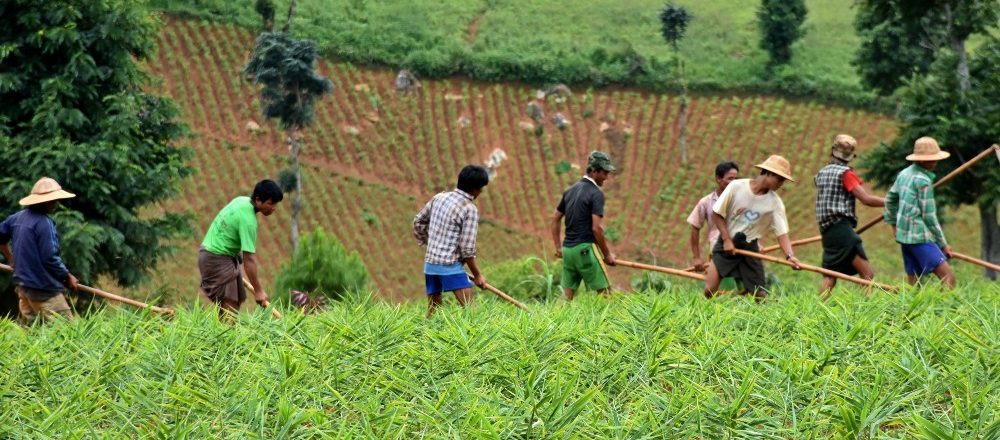USAID brings together farmers, communities, and the government of Burma to create policies that promote inclusive growth and mitigate climate change.
Originally appeared on Medium.
Resource Rights and Climate Change
The majority of Burma’s population is rural and depends heavily on access to shared resources — like communally-managed land and forests — for livelihood. Most of Burma’s rural population, however, does not have clear or documented rights to these shared community assets, which are owned entirely by the state. Estimates of landlessness among Burma’s rural population currently range from 30 percent to 50 percent. As a result — and as outside investment in Burma continues to increase — rural families are vulnerable to losing access to the forests and agricultural lands they depend on to larger, more powerful interests.
Global research and experience has shown that when individuals and communities do not have clear rights to resources like land and forests, they are not incentivized to protect or sustainably use those resources for the long term. Without secure rights, farmers are less likely to invest in common climate risk reduction strategies, such as irrigation or agroforestry, which often require long-term investment and maintenance. This lack of incentives can result in deforestation, soil degradation, and water depletion. Additionally, the limited understanding of resource boundaries and land rights hampers basic land use planning capabilities for sustainable land management. This is particularly important in Burma where the unchecked expansion of resource extraction efforts has led to widespread land and water pollution, and alarming rates of deforestation — a key driver of global climate change.
USAID is on the ground in Burma, supporting rural families, communities, and the government to create the fundamental policies needed to strengthen community land and forest rights, empower communities to manage their shared assets effectively, curtail deforestation, and ultimately combat global climate change.
Read the full photo essay on Medium.


